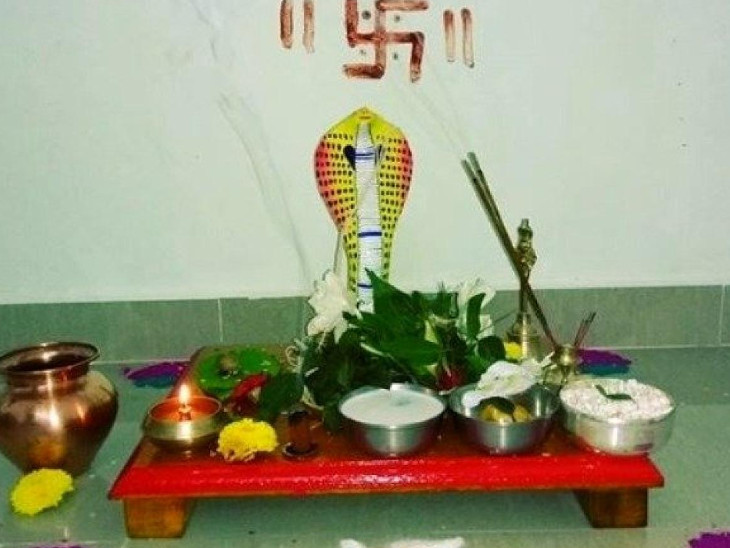
People observe Nag Panchami, a distinctive festival in India, Nepal, and other South Asian countries with Hindu populations. This festival involves the traditional worship of Nagas or snakes and takes place during the lunar month of Shravana, usually falling in July or August. In 2024, they will celebrate Nag Panchami on the 9th of August. Below, you will find detailed information about Nag Panchami and its unique celebration in Goa.
Origin and History
Snakes have been revered across many ancient cultures worldwide due to their potent venom and powerful nature. In India, the worship of snakes during Nag Panchami dates back to 3,000 BCE, during the Indus Valley Civilization, when the Naga tribe prominently celebrated this festival.
The Mahabharata, one of India’s ancient epics, tells the story of King Janamejaya, who performed a yagna to exterminate the entire Naga race to avenge his father King Parikshit’s death by the snake Takshaka. However, the sage Astika intervened and stopped the yagna, saving the Nagas. This event occurred on Shukla Paksha Panchmi, which is now commemorated as Nag Panchami.
Significance of Nag Panchami
Snakes hold significant roles in various Hindu scriptures and epics, including the Mahabharata, Narada Purana, Skanda Purana, and Ramayana. One notable story involves Lord Krishna and the serpent Kaliya. Krishna fought Kaliya in the Yamuna River and eventually forgave him, provided he no longer harassed humans. According to the Garuda Purana, worshipping snakes on Nag Panchami brings good fortune and prosperity to devotees.
When is Nag Panchami Celebrated?
People celebrate Nag Panchami annually in July or August on the fifth day of the lunar month of Shravan in the Hindu calendar. In 2024, they will observe Nag Panchami on the 9th of August. The festival coincides with the rainy season, when snakes are more likely to emerge from their holes, increasing their visibility.
How is Nag Panchami Celebrated in Goa?
In Goa, devotees celebrate Nag Panchami with great fervor, especially at Shiva temples, because the month of Shravan is dedicated to Lord Shiva, and they consider snakes dear to him. Devotees visit various Nag temples across Goa to offer their prayers. Around these temples, one can find snake charmers and even real snakes. In some communities, people bring home idols of snakes to worship.
Families in Goa prepare special meals and sweets for the occasion. A popular treat made during Nag Panchami is Patoleo, a traditional Goan sweet made from turmeric leaves stuffed with coconut and jaggery. Devotees dress in new clothes, gather offerings for the snakes, and chant specific mantras. People offer milk, believing it protects their families from snake bites.Some people also refrain from digging the earth or using black iron utensils on Nag Panchami.
Key Celebrations and Rituals
– Temple Visits: Devotees visit Shiva and Nag temples to offer prayers and seek blessings.
– Special Meals and Sweets: Families prepare traditional Goan sweets like Patoleo.
– Mantras and Offerings: Chanting mantras and offering milk and other items to snakes.
– Cultural Practices: Avoiding certain activities like digging the earth or using black iron utensils.
Nag Panchami in Goa is a blend of traditional worship and local customs, making it a unique and culturally rich festival that highlights the deep-rooted significance of snakes in Hindu mythology and the community’s way of life.

